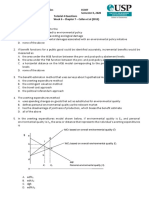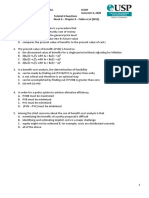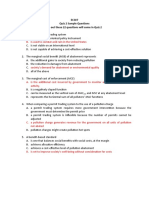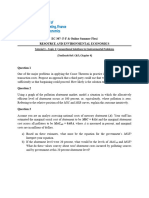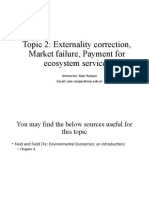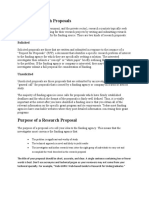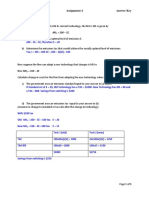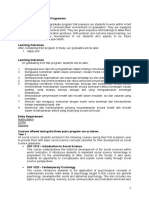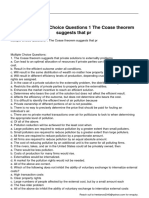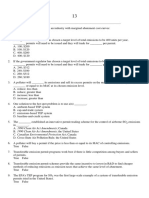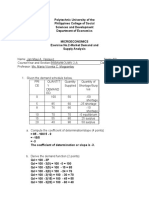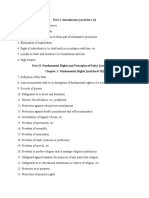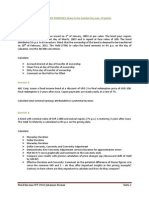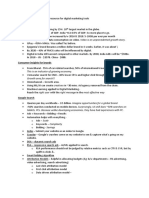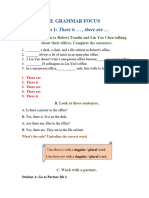Resources & Environmental Economics EC307
Lekima Nalaukai Semester II, 2020
Tutorial 2 Questions
Week 3
Section A: Multiple Choices
1. A subsidy
A. used in an abatement equipment market can achieve an efficient solution if the subsidy is set equal
to the MEB at QE .
B. on pollution reduction activity encourages firms to reduce pollution below a predetermined
standard.
C. on abatement equipment can create bias by changing the relative prices of various abatement
technologies.
D. all of the above.
2. A Pigouvian subsidy
A. cannot achieve an efficient outcome
B. is a per-unit payment on a good that is set equal to the marginal external benefit at QE.
C. achieves efficiency as long as it is set equal to the MEC at the competitive output level.
D. lowers the MPB vertically by the amount of the subsidy.
3. In a deposit-refund system,
A. the refund component rewards potential polluters for proper disposal or recycling activity.
B. the deposit should be set equal to the MSC of illegal waste disposal to achieve efficiency.
C. monitoring and enforcement costs are higher than if a pollution charge were used.
D. actual polluters are not penalized for actions that harm the environment.
4. When comparing a permit trading system to the use of a pollution charge
A. a permit trading system requires more government intervention because the government must.
determine the permit price.
B. a permit trading system is inflexible because the number of permits cannot be adjusted.
C. a pollution charge generates revenue for the government on all units of pollution not abated.
D. pollution charges might create pollution hot spots.
5. A product charge is
A. a fee added to the price of a pollution-generating product based on its contribution to
pollution.
B. the same as an effluent charge.
C. a fee imposed on the actual release of pollution, typically as a tax.
D. none of the above.
�Resources & Environmental Economics EC307
Lekima Nalaukai Semester II, 2020
Tutorial 2 Questions
Week 3
Section B: Review of the Basics
1. One of the major problems in applying the Coase Theorem in practice is the existence of high
transaction costs. Propose an approach that a third party could use that would reduce these costs
sufficiently so that bargaining could proceed. How likely is the solution to be efficient, and why?
2. Using a graph of the pollution abatement market, model a situation in which the allocatively efficient
level of abatement occurs at 100 percent, or, equivalently, where pollution is zero. Referring to the
relative position of the MSC and MSB curves, explain this outcome intuitively.
3. Under a strict command-and-control framework, suppose abatement standards are set equally across
polluters. Assume the total abatement target is set at 30 units. Show the cost implications using three
graphs, each of a different polluter with a unique MAC curve drawn to depict a low-cost abater, a
moderate cost abater, and a high-cost abater. On each graph, identify the abatement level
corresponding to a uniform standards approach, and show the level of MAC at that point and the area
corresponding to TAC.
�Resources & Environmental Economics EC307
Lekima Nalaukai Semester II, 2020
Tutorial 2 Questions
Week 3
Section C: Calculations
1. Assume that there are two firms, each emitting 20 units of pollutants into the environment, for a total
of 40 units in their region. The government sets an aggregate abatement standard (AST) of 20 units.
The polluters' cost functions are as follows, where the dollar values are in thousands:
Polluter 1: TAC1 = 10 + 0.75(A1)2, Polluter 2: TAC2 = 5 + 0.5(A2)2,
MAC1 = 1.5A1, MAC2 = A2.
A. What information does the government need to support an assertion that the 20-unit abatement
standard is allocatively efficient?
B. Suppose that the government allocates the abatement responsibility uniformly, requiring each
polluter to abate 10 units of pollution. Quantitatively assess the cost implications.
C. Now, assume that the government institutes an emission fee of $16 thousand per unit of pollution.
How many units of pollution would each polluter abate? Is the $16 thousand fee a cost-effective
strategy for meeting the standard? Explain.
D. If instead the government used a pollution permit system, what permit price would achieve a cost-
effective allocation of abatement? Compare the costs of this allocation to the costs of using the
uniform standard described in part (b).
2. Consider the following abatement cost functions (TACO and MACO) for a firm using an old
abatement (AO) technology:
TACO = 1000 + 0.25(AO)2 MACO = 0.5(AO),
where A is units of abatement undertaken by the firm, and the cost values are in thousands of dollars.
Further assume that the regulatory authority has set an abatement standard (AST) equal to 40 units for
each firm and has proposed an emission charge implemented as a constant per unit tax (t) of $10 (i.e.,
MT = 10), where Total Tax = t(AST – Ai), and Ai is the existing abatement level.
A. If the state enacts the emission charge, find the associated cost savings to the firm, assuming
the use of the old technology.
B. Now suppose that the firm is contemplating the use of a new abatement (A N) technology,
which would generate the following cost functions:
TACN = 1000 + 0.125(AN)2 MACN = 0.25(AN)
Find the cost savings to the firm of using this new technology when faced with the emission charge.
3. To promote cleaner air, the federal government in the United States enacted tax incentives for
purchasing new electric vehicles or clean-fuel vehicles. These were scheduled to be phased out over
time.
A. Graphically illustrate the intended effect of this tax incentive, and explain the expected
outcome of phasing it out. (Assume there is no production externality.)
B. An alternative approach is to raise taxes on gasoline and other fuels. What is the economic
intuition of this policy?
